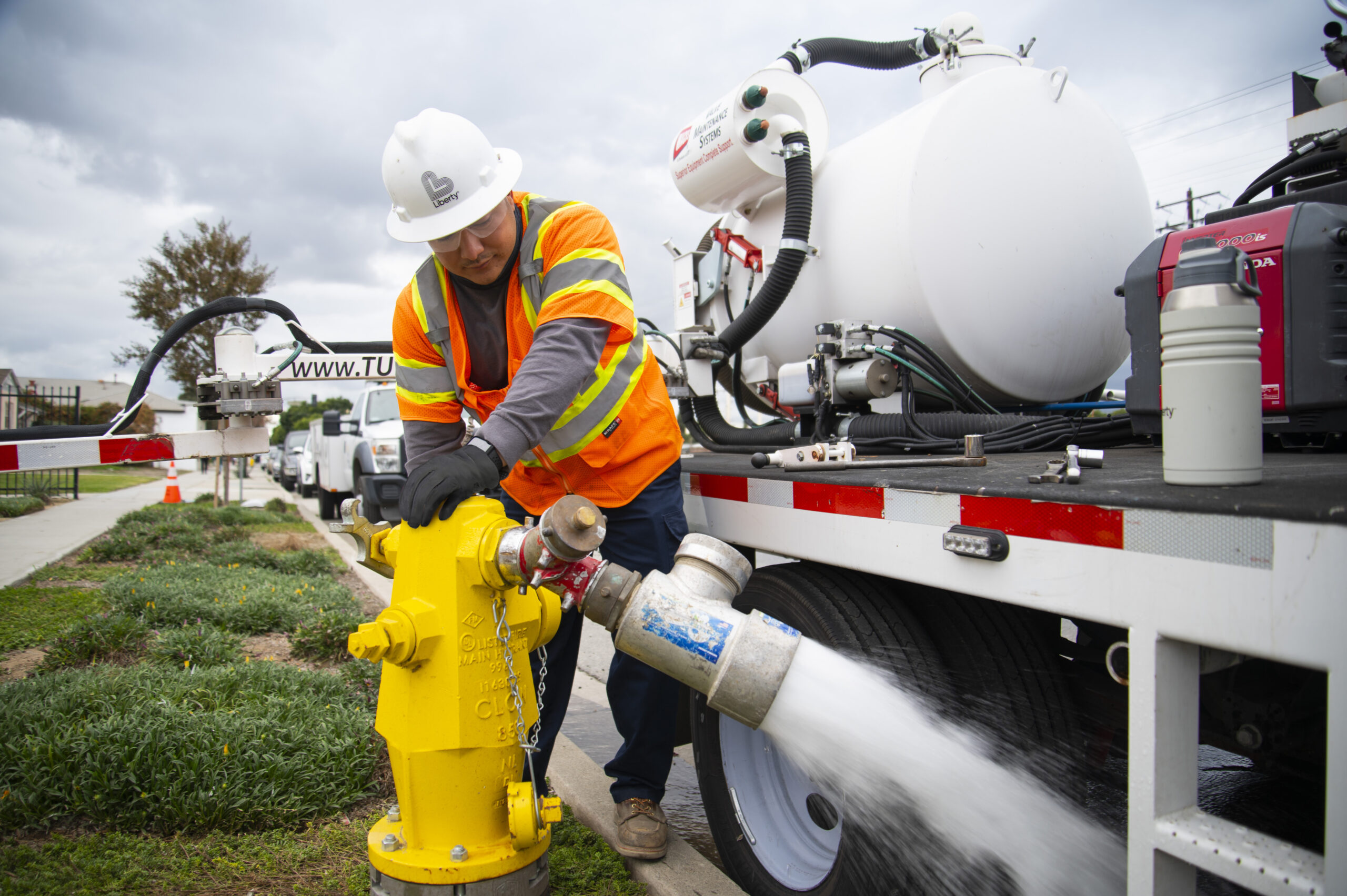Building a Sustainable Water Future for California
In California, water providers are balancing our commitment to conserving water for the future and the need to ensure affordability for customers who are struggling with the state’s high cost of living. State-regulated water utilities use a mechanism, known commonly as decoupling, as a proven strategy that incentivizes responsible water use and allows customers to control their water bills. This ensures essential water remains affordable, while higher usage incurs progressively steeper rates. By protecting low-income and low-use customers from unfair cost burdens, decoupling allows everyone to pay less when they use less.
Currently, the California Public Utilities Commission (CPUC) is considering a flawed proposal that relies on faulty evidence and threatens to dismantle decoupling, which would undermine decades of bipartisan and researched-based policy that has proven to benefit both consumers and California’s goal for Conservation as a Way of Life.
As we strive for climate resilience and sustainable resource management, we need California’s leaders to champion decoupling. It’s not just a cost management tool; it’s essential for safeguarding access to affordable water for all Californians.
What is decoupling?
Decoupling is a proven method of incentivizing water conservation while keeping consumer costs affordable. Typical rate structures discourage utilities from supporting customer conservation initiatives – when customers use less, utilities bill less no matter their fixed costs of providing service. Decoupling allows utilities to encourage their customers to save more. Here’s how it works:
- Tiered Pricing: Essential water use is priced affordably, while excessive use is charged at higher rates. This encourages conservation by making higher usage more costly.
- Utility Stability: Customer demand fluctuates dramatically between dry and wet years in California. Decoupling allows utilities to cover the fixed costs – up to 90% of a typical bill – to ensure safe and reliable drinking water services These costs include critical infrastructure, maintenance, and regulatory compliance that must be sustained regardless of consumption.
Affordability
The California Water Association and our members are committed to ensuring water remains affordable. Decoupling enhances affordability by allowing utilities to implement progressive rate structures:
- Progressive Rates: Those who use less pay less, while higher users pay more. This structure protects low-income and low-use customers from unfair cost burdens.
- Mitigating Rate Increases: Without decoupling, utilities may be forced to raise rates to offset financial risks, further burdening vulnerable populations.
Supporting Low-Income and Low-Use Customers
Decoupling empowers water providers with the ability to implement progressive rate structures. Those who use more, pay more. Those who use less and conserve, pay less.
- Low-income customers use less water. Studies show that, on average, low-income customers consume less water. Decoupling safeguards these customers from bearing an inequitable share of fixed costs.
Advancing Climate Resilience
Decoupling is integral to California’s vision for climate resilience and sustainable resource management:
- Promoting Conservation: Decoupling helps California meet its conservation goals while ensuring the long-term viability of utilities that provide safe, reliable, and affordable water to millions of Californians.
Proven Impact: During California’s last major drought (June 2015-April 2017) a peer-reviewed empirical analysis of water consumption found that California utilities with decoupling “adopted more aggressive conservation measures, were more likely to meet state conservation standards, and conserved more water”
Call to Action for California Leaders: Support Decoupling
As California faces mounting environmental pressures, we urge California regulators and the state’s leaders to reaffirm their commitment to decoupling. This approach goes beyond cost management; it’s about safeguarding access to affordable water for all Californians while paving the way for a climate-resilient future.
Let’s work together to build a sustainable and affordable future for all Californians.





